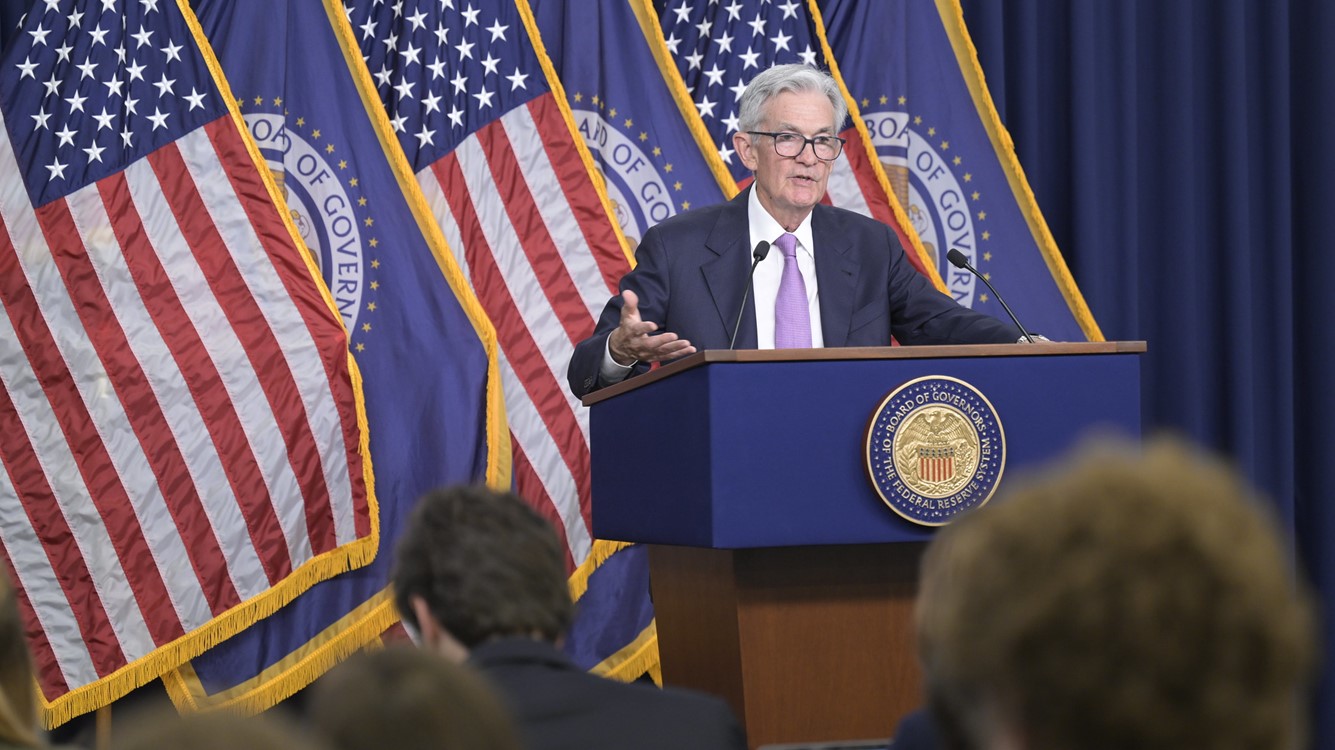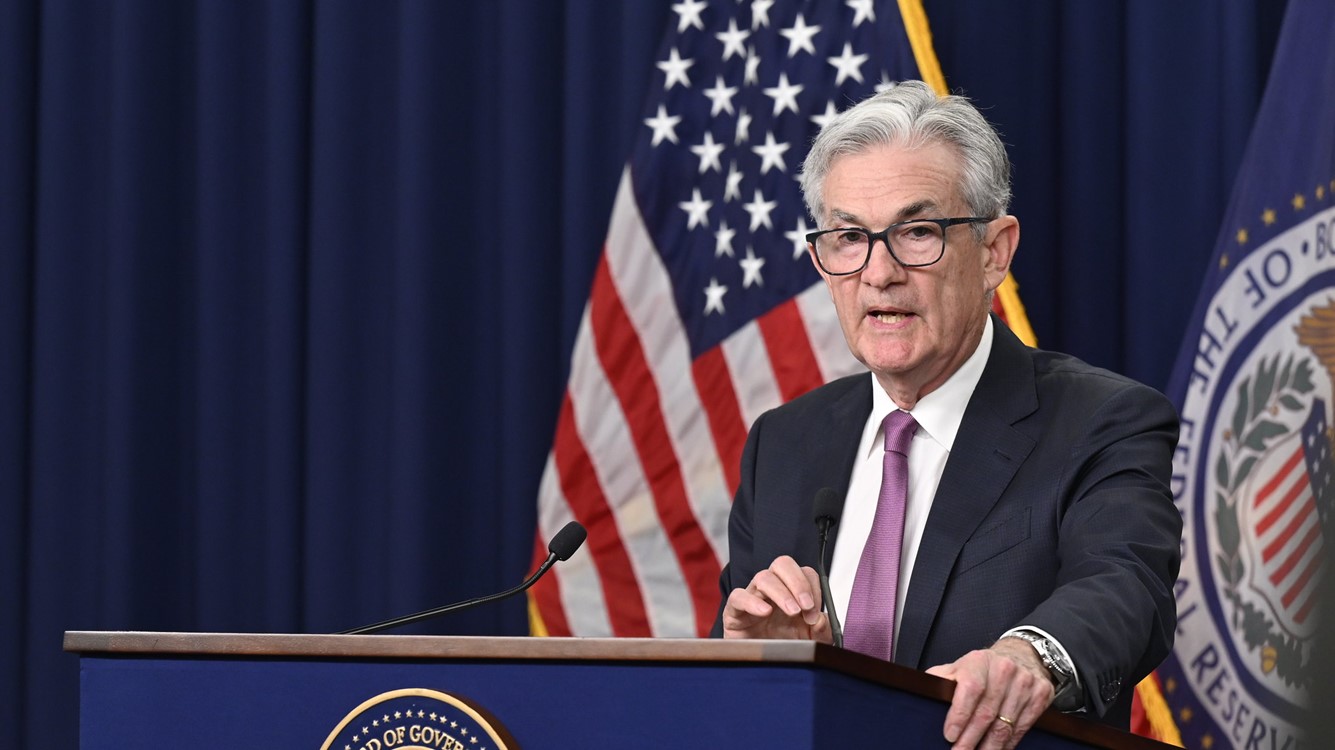Fed cuts 1/4 point, no hint on December
Slow and careful.

November 7, 2024
The Federal Open Market Committee (FOMC) voted to cut rates by another quarter point at the November meeting. That lowered the fed funds rate from a target range of 4.75%-5% in September to 4.5%-4.75% in November. The Fed continued its reductions in its security holdings, or quantitative tightening.
The statement following the meeting was a little more hawkish. “Inflation has made progress toward the Committee's 2 percent objective but remains somewhat elevated.” Powell clarified that was not to rule out a cut in December, but to preserve optionality. Powell underscored that rates are not on a preset course. Rate cuts will be decided “on a meeting-by-meeting basis.”
Powell avoided talking about the forecasts released in September. He underscored that the FOMC needs to see where the data leads. He noted that economic data has largely surprised to the upside since September, except for the October employment report, which was distorted by hurricanes and strikes.
That reflects the view of many within the Fed’s leadership. He twisted arms to make the first cut in interest rates a half instead of a quarter point. The push is to “recalibrate” policy via a slowing in the pace of cuts from here on out. That includes skipping some meetings.
Powell was asked how the election outcome would affect policy going forward. He emphasized in the near term, the election will have no impact on the economy. He said, “We don’t guess, we don’t speculate, and we don’t assume” when it comes to future policy shifts.
He was careful to point out that the Fed will react to policy as it emerges. The Fed runs scenarios of different policy outcomes as they develop. Those influence the Fed’s views on the direction and pace of rate moves. They are not released until five years after the fact to maintain the Fed’s independence from political pressure as they weigh the effects of policy shifts.
When asked about the recent rise in market rates, he argued that they have less to do with Fed policy and more to do with prospects for more stimulus going forward. They have not risen to a level that concerns the Fed, yet.
The Fed sees a one-time hike in tariffs as a level shift in prices and not necessarily inflationary. Sequential increases in tariffs, curbs to immigration and fiscal stimulus would be more inflationary. Extreme policies raise the risk of stagflation, but that is only speculation at this point.
There is usually a gap between what is promised on the campaign trail and what is actually accomplished. The Fed will not preempt a possible shift in policy. This is not Chairman Powell’s first election. He has been through four election cycles and was named by the former president to fill the position.
Powell intends to stay through his tenure as Fed Chairman and then retire in May 2026. The president can fire governors for “cause;” that law could be tested depending upon the pace of rate cuts going forward. Other Fed chairs have been forced to resign, although it was an arduous process.
It would be easier for the president to appoint a closer ally to the next opening on the Fed, which will be in January 2026. That is when Governor Adriana Kugler’s term ends. The prize is to appoint a new Fed chairman; the process could start prior to Powell’s departure.
The Fed may not be the first order of business for the president-elect, as the Fed is expected to continue to cut rates in 2025. We still have a quarter point cut in December, despite the Chairman’s non-commitment on a December cut. We are holding to our forecast for another percentage point of cuts in 2025.
Powell repeated that the calibration on policy as the Fed approaches its neutral rate would be “slow and careful.” The Fed is straddling the risks of cutting too quickly and reigniting inflation and cutting too slowly and causing undue pain in the labor market. He wants to keep those risks balanced.
The situation for the Fed gets trickier in 2026, when fiscal stimulus could combine with tariffs and curbs on immigration to stoke inflation. We have assumed that changes to the Fed, including the Fed Chairman, would make the Fed more reluctant to raise rates than in the past.
We expect an acceleration in inflation to stop rate cuts in late 2025 and force the Fed to hold rates above what it considers neutral. The September forecast by participants at the FOMC meeting showed their estimate of neutral had moved up to close to 3%; the fed funds rate was trading in a range of 1.5%-1.75% in February 2020.
However, an escalation of tariffs, with the risk of retaliation, and curbs on immigration (or deportations) tend to simultaneously stem growth and stoke inflation. Extreme shifts in those two areas could trigger stagflation, or a rise in both inflation and unemployment. When asked about stagflation, he said “knock on wood.” Thus far, the economy has cooled without a major surge in unemployment.
Powell rebuffed a question about the possibility of being removed from his post, only saying, “Not permitted under the law.”
We still expect the Fed to cut rates again in December and then move to every other meeting in 2025.
Diane Swonk, KPMG Chief Economist
Bottom Line
We still expect the Fed to cut rates again in December and then move to every other meeting in 2025. Rate cuts in 2026 have been removed in our forecast due to likely changes in trade and immigration policies. By late 2026, the president-elect will have at least two seats on the Fed that are more to his liking, the chairman being one of them. Whether they coordinate with the president is another issue. History on political interference with central banks ends badly. The major contenders for the top job would likely respect the lessons of history, even if they tend to be more dovish than their counterparts.
Explore more

Powell moves to seal his legacy
The Fed has started the rate-cutting cycle with an outsized move.

KPMG Economics
A source for unbiased economic intelligence to help improve strategic decision-making.

The broken window fallacy: Hurricanes and the economy
Spending on repairs and clean-up will partially offset the disruption to businesses.
Subscribe to insights from KPMG Economics
KPMG Economics distributes a wide selection of insight and analysis to help businesses make informed decisions.
Meet our team
